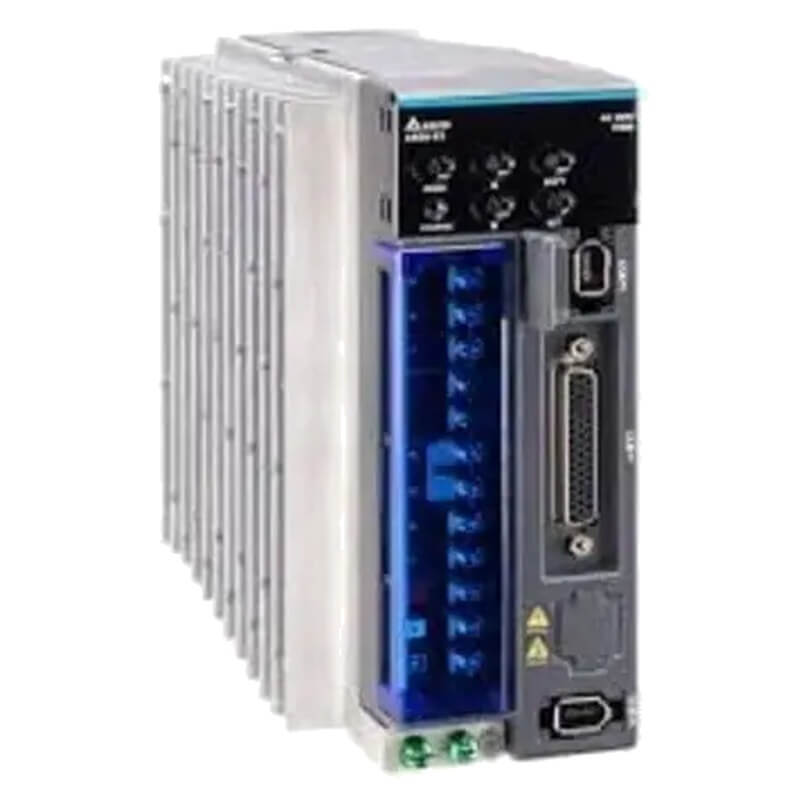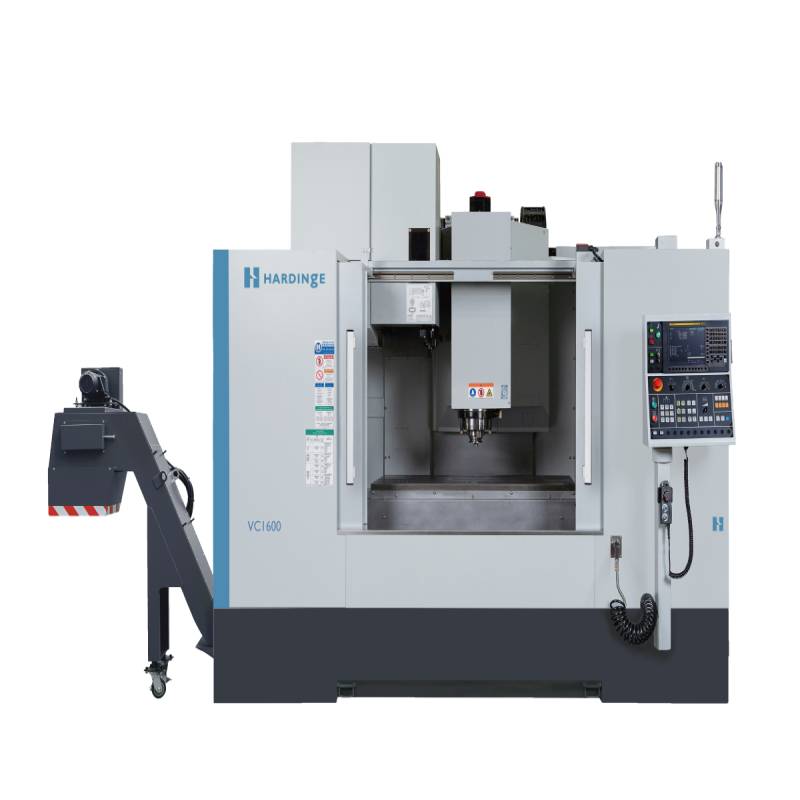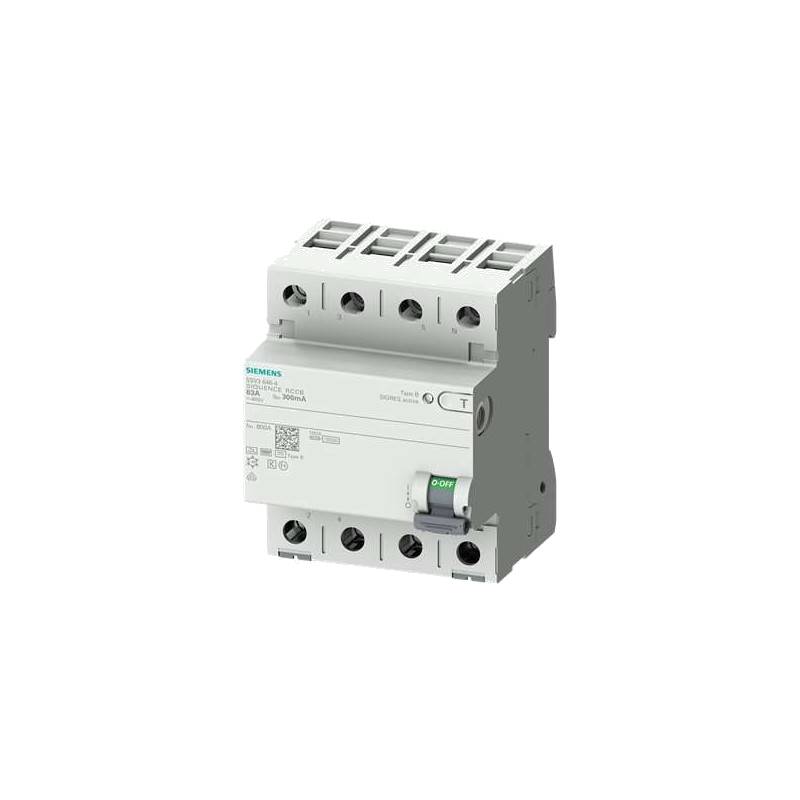
The Siemens 5SY6205-7CC Miniature Overload Protection Circuit Breaker 2P 0.5A is a critical component for safeguarding electrical circuits in a wide range of industrial and commercial applications. Renowned for its robust design and reliable tripping characteristics, this 2-pole, 0.5A circuit breaker offers superior protection against overcurrents and short circuits. Its compact form factor and high breaking capacity make it an ideal choice for densely populated control panels and sensitive equipment where space is at a premium and dependable safety is paramount. The Siemens 5SY6205-7CC ensures operational continuity and protects valuable assets from damage, minimizing downtime and associated costs.
Product Specifications
| Feature | Specification |
| :------------------- | :--------------------------------------------- |
| Manufacturer | Siemens |
| Product Series | 5SY6 |
| Model Number | 5SY6205-7CC |
| Number of Poles | 2 |
| Rated Current (In) | 0.5 A |
| Tripping Curve | C |
| Breaking Capacity (Icn) | 6 kA |
| Voltage Rating (Ue) | 400 V AC |
| Frequency | 50/60 Hz |
| Mounting Type | DIN Rail |
| Terminal Type | Screw Terminal |
| Protection Class | IP20 |
| Ambient Temperature | -25°C to +45°C |
Core Features & Market Positioning
The Siemens 5SY6205-7CC stands out in the competitive miniature circuit breaker market due to its established Siemens quality and advanced protection capabilities. Its "C" tripping curve designation signifies suitability for inductive loads, providing a delay before tripping on inrush currents, thereby preventing nuisance tripping in applications involving motors or transformers. This characteristic, combined with a breaking capacity of 6 kA, offers robust protection against severe fault conditions, positioning it as a reliable solution for demanding environments. The inherent durability and precise calibration of Siemens circuit breakers ensure long-term performance and safety, reducing the total cost of ownership by minimizing maintenance and replacement needs.
Key Application Scenarios
This specific Siemens 5SY6205-7CC circuit breaker is extensively utilized in building installations, particularly for protecting lighting circuits, socket outlets, and smaller electrical appliances where a 0.5A rating is appropriate. In industrial settings, it serves as an essential component in control panels, motor starter circuits, and auxiliary power distribution systems, safeguarding sensitive electronics and smaller motor loads from overcurrents and short circuits. Its suitability for inductive loads makes it a preferred choice for applications involving transformers, solenoid valves, and control relays where transient inrush currents are common. Furthermore, it finds application in telecommunications equipment and UPS systems where stable and reliable power is critical.
Practical System Integration Guidance
Installing the Siemens 5SY6205-7CC is straightforward, adhering to standard DIN rail mounting practices common in electrical enclosures. Ensure the breaker is correctly oriented with line and load connections as per local electrical codes and manufacturer guidelines. The screw terminals provide a secure connection point for conductor wires, requiring appropriate torque for optimal electrical contact and safety. For systems requiring multiple protection devices, the modular design of the 5SY series allows for easy ganging and expansion on the standard 35mm DIN rail. Always verify system voltage and current ratings against the breaker's specifications before installation to ensure compatibility and safe operation.
Operation and Risk Mitigation
The Siemens 5SY6205-7CC operates by detecting excessive current flow that exceeds its rated 0.5A, either gradually due to an overload or instantaneously due to a short circuit. Upon detection, an internal mechanism trips, opening the circuit and interrupting power to prevent damage to connected equipment and wiring. To mitigate risks, ensure proper conductor sizing is matched to the breaker's rating to prevent overheating. Regular visual inspections for any signs of damage or wear are recommended, although these breakers are designed for long service life. In the event of repeated tripping, a thorough investigation of the circuit load and potential faults is imperative, rather than simply resetting the breaker.
Scalability & Long-Term Value
The Siemens 5SY6205-7CC integrates seamlessly into existing Siemens electrical infrastructure, benefiting from the brand's commitment to backward compatibility within its product lines. While this specific model offers fixed protection parameters, the broader 5SY series provides a range of tripping curves and current ratings, allowing for system expansion or adaptation to changing load requirements. For facilities embracing Industry 4.0 initiatives, Siemens offers intelligent circuit protection solutions and communication modules that can be retrofitted or integrated with the 5SY platform, enabling remote monitoring, diagnostics, and data acquisition for enhanced operational efficiency and predictive maintenance strategies.
Frequently Asked Questions
What is the tripping curve of the Siemens 5SY6205-7CC?
The Siemens 5SY6205-7CC features a Type C tripping curve. This curve is designed to handle inductive loads by allowing a higher inrush current for a short duration before tripping.
This makes it ideal for applications involving motors, transformers, and other devices that draw a temporary surge of current upon startup. It provides reliable protection against overloads and short circuits without causing nuisance tripping.
The C curve offers a balance between sensitivity to faults and tolerance for transient current demands, making it a versatile choice for many industrial and commercial applications.
What are the main applications for a 0.5A circuit breaker like the 5SY6205-7CC?
A 0.5A circuit breaker is typically used for low-power circuits. This includes protecting sensitive electronic equipment, control circuits, and low-current lighting systems.
It's also suitable for safeguarding components within larger electrical assemblies, such as relays, timers, or specific sensor circuits that require precise overcurrent protection. Its low rating prevents damage from minor faults in delicate electronics.
These breakers are crucial in ensuring the longevity and stable operation of low-power devices, preventing even small overcurrents from causing significant damage or system malfunction.
How do I install the Siemens 5SY6205-7CC circuit breaker?
Installation requires mounting the breaker onto a standard 35mm DIN rail within an electrical enclosure. Ensure the rail is properly secured and grounded.
Connect the incoming power supply to the designated line terminals and the outgoing circuit conductors to the load terminals. Follow wiring diagrams and local electrical codes meticulously for safe connections.
After wiring, confirm all connections are tight and secure. Test the breaker's functionality by manually operating the switch and, if possible, performing a functional test with a calibrated test device.
What is the breaking capacity of the Siemens 5SY6205-7CC?
The Siemens 5SY6205-7CC has a breaking capacity of 6 kA (kiloamperes). This rating indicates the maximum fault current the breaker can safely interrupt without sustaining damage.
A 6 kA breaking capacity is sufficient for many standard residential, commercial, and light industrial applications. It ensures the breaker can effectively shut down power during a short circuit.
This breaking capacity is a critical safety feature, preventing dangerous arc flashes and potential damage to electrical infrastructure during severe fault events.
Is the Siemens 5SY6205-7CC suitable for motor protection?
While the Siemens 5SY6205-7CC has a C curve suitable for inductive loads, it's generally not recommended as the primary protection for motors. Motor protection typically requires a dedicated overload relay with adjustable settings.
However, this breaker can be used to protect control circuits associated with motors or small auxiliary motors where the 0.5A rating is appropriate. It can provide a secondary layer of protection against short circuits.
For comprehensive motor protection, it is advisable to use specific motor protection circuit breakers or a combination of a thermal overload relay and a contactor.
Where can I find a wiring diagram for the Siemens 5SY6205-7CC?
Wiring diagrams for Siemens circuit breakers are typically found in the product's installation manual or datasheet. These documents are usually available on the Siemens Industry online portal or through authorized distributors.
Always refer to the official documentation provided by Siemens for accurate and up-to-date wiring information. Ensure the diagram corresponds to the specific model number to avoid errors.
If you cannot locate the manual online, contacting Siemens technical support or your electrical supplier can help you obtain the necessary wiring schematics.
What is the difference between a C curve and a B curve circuit breaker?
A Type B tripping curve is more sensitive and trips on lower overcurrents, typically 3 to 5 times the rated current. It's best for purely resistive loads like lighting and heating.
A Type C curve, like in the 5SY6205-7CC, allows for higher inrush currents (5 to 10 times the rated current) before tripping. This makes it suitable for inductive loads such as small motors and transformers.
Choosing the correct curve is essential to prevent nuisance tripping while ensuring adequate protection against short circuits and overloads.
Can the Siemens 5SY6205-7CC be used in a standard household electrical panel?
While it can technically fit a standard DIN rail in a household panel, a 0.5A breaker is rarely used for typical household circuits. Household circuits usually require higher current ratings (e.g., 15A, 20A) for outlets and appliances.
This breaker's low 0.5A rating makes it suitable for specialized low-power applications within a home, such as protecting specific electronic devices or low-voltage control systems.
For general household power distribution, you would need circuit breakers with significantly higher current ratings and potentially different tripping characteristics.
How do I reset a tripped Siemens 5SY6205-7CC circuit breaker?
To reset a tripped Siemens 5SY6205-7CC, first identify the cause of the trip (overload or short circuit). Ensure the fault has been cleared or the overload condition removed.
Once the fault is addressed, simply push the breaker's toggle switch firmly upwards to the "ON" position. If the breaker trips again immediately, there is likely still an issue with the circuit.
Do not repeatedly attempt to reset a breaker without investigating the cause, as this can be dangerous and potentially damage the equipment or wiring.
What is the operating voltage range for the 5SY6205-7CC?
The Siemens 5SY6205-7CC is rated for an operating voltage of 400V AC. This is a common voltage for many industrial and commercial power distribution systems.
It is important to ensure that the voltage of the circuit you are protecting does not exceed this 400V AC rating. Using the breaker outside its specified voltage range can lead to malfunction or failure.
For DC applications or voltages significantly different from 400V AC, you would need to select a different type of circuit breaker specifically designed for those conditions.

























